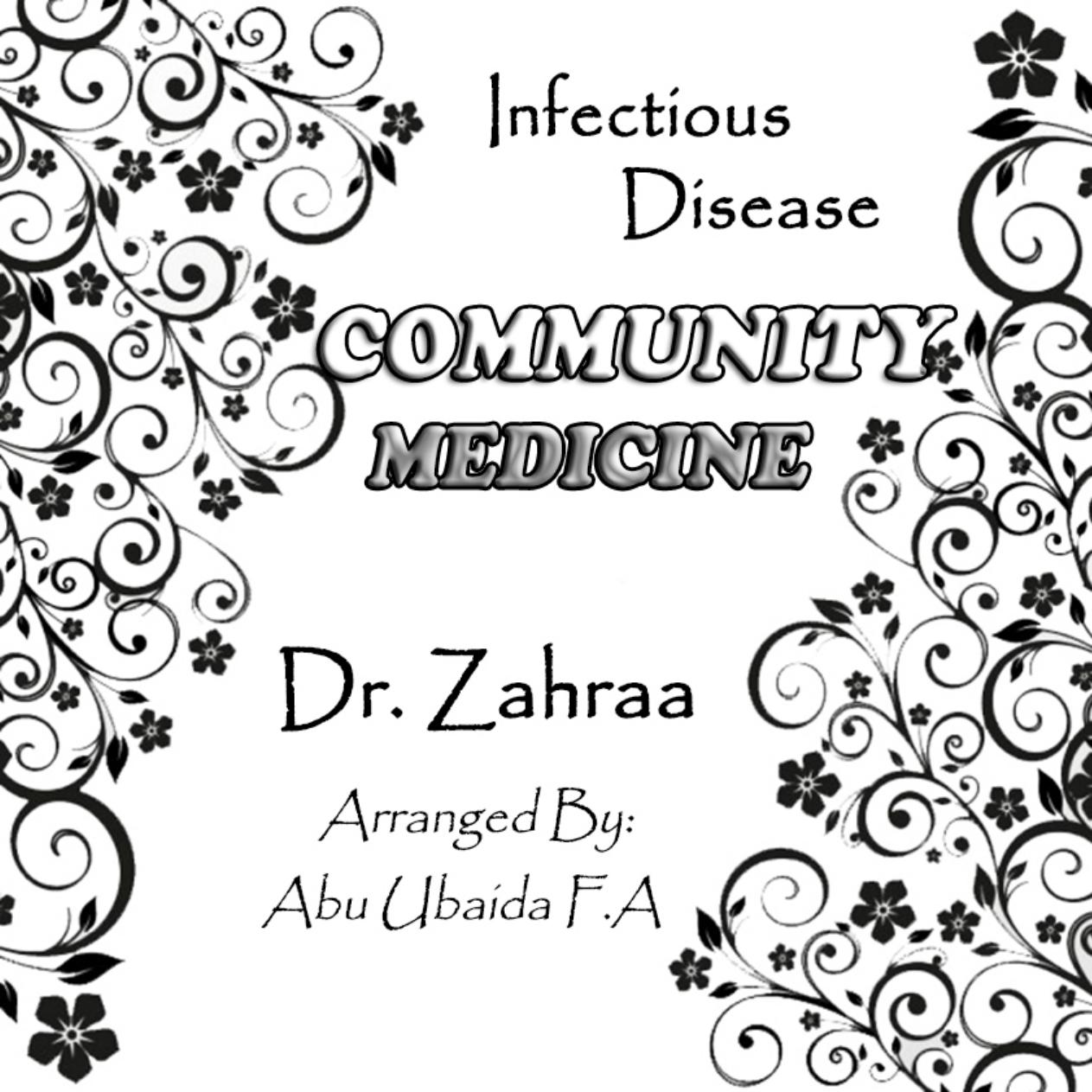
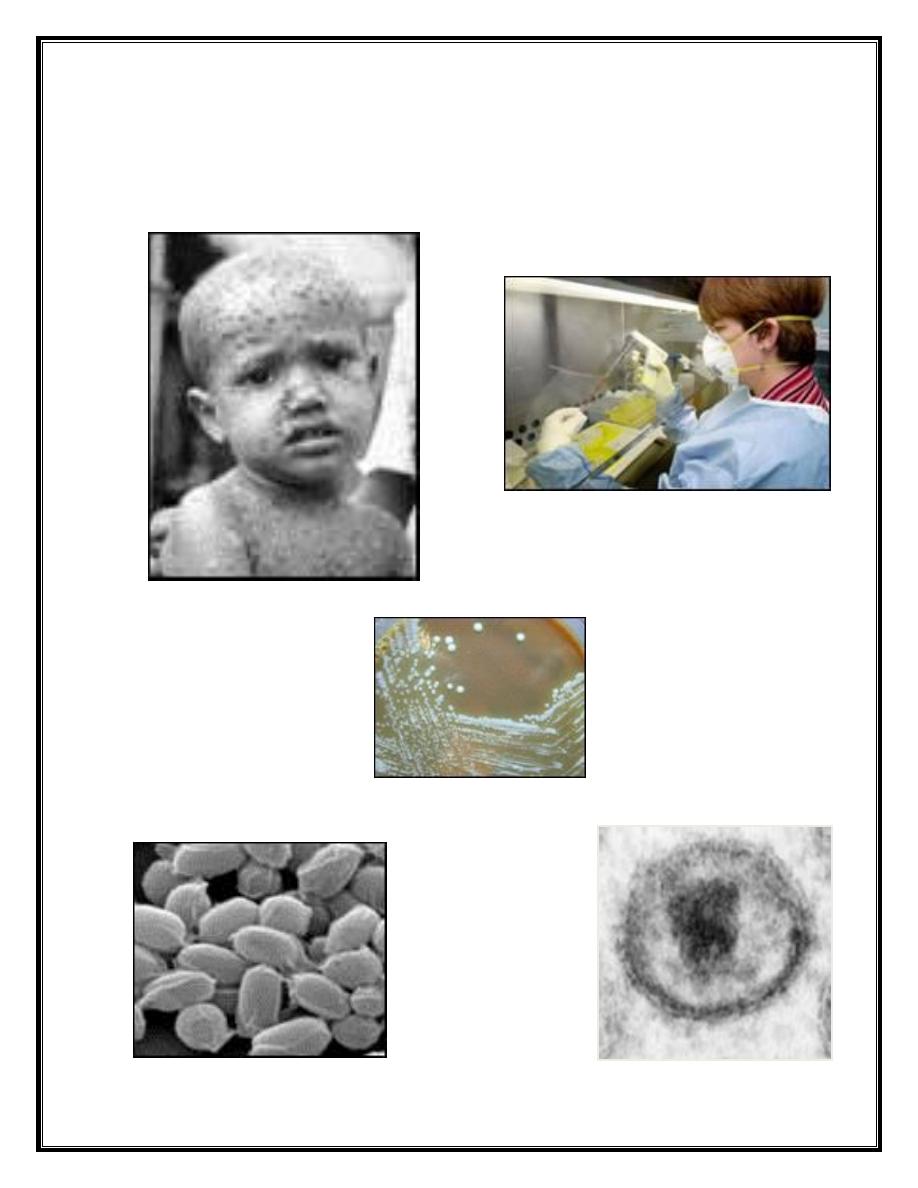
Page 1 of 20
“Principles of Communicable Diseases Epidemiology”

Page 2 of 20
An illness due to a specific infectious agent or its toxic products through
the transmission of that agent or its toxic products from an infected
person, animal or inanimate source to a susceptible host either directly
or indirectly.
Spectrum of a disease
• Is a variety of host response to infection (unapparent, mild, severe
or fatal).
• Polio for every 400 subclinical cases, there is 1 clinical case.
• Most of cases of measles are moderate in severity while most of
cases of rabies are fatal.
Classification of Infectious Disease
• By duration
– Acute – develops and runs its course quickly.
– Chronic – develops more slowly and is usually less severe,
but may persist for a long, indefinite period of time.
– Latent – characterized by periods of no symptoms between
outbreaks of illness.
• By location
• Local – confined to a specific area of the body.

Page 3 of 20
• Systemic – a generalized illness that infects most of the body with
pathogens distributed widely in tissues.
• By timing
• Primary – initial infection in a previously healthy person.
• Secondary – infection that occurs in a person weakened by a
primary infection.
Transmission of Pathogens
• Direct contact
• Indirect contacts
– Air
– Objects
• Vectors
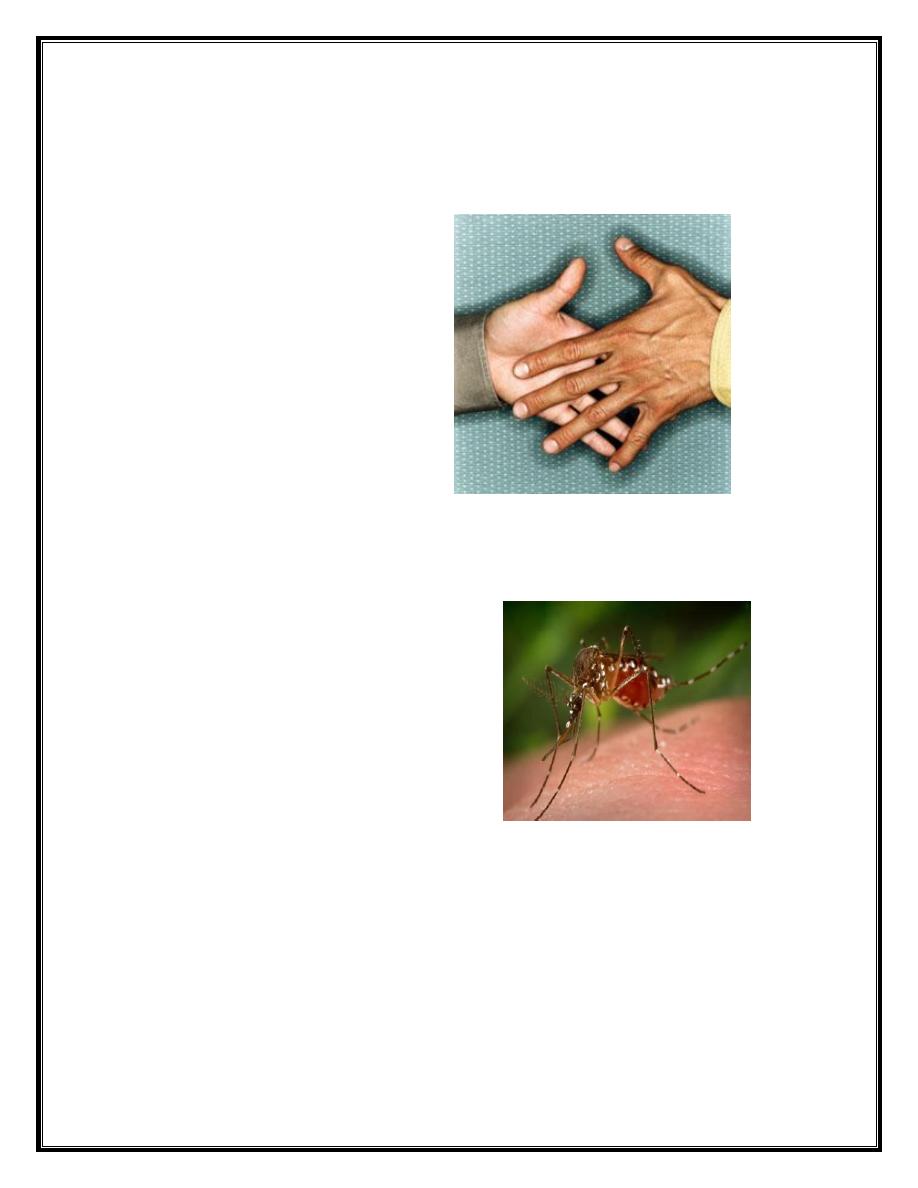
Page 4 of 20
Routes of transmission
Direct
Skin-skin
– Herpes type 1
Mucous-mucous
– STI
Across placenta
– toxoplasmosis
Through breast milk
– HIV
Sneeze-cough
– Influenza
Vector
A carrier of an infectious agent
– Ex. Malaria Parasite carried
by Mosquito
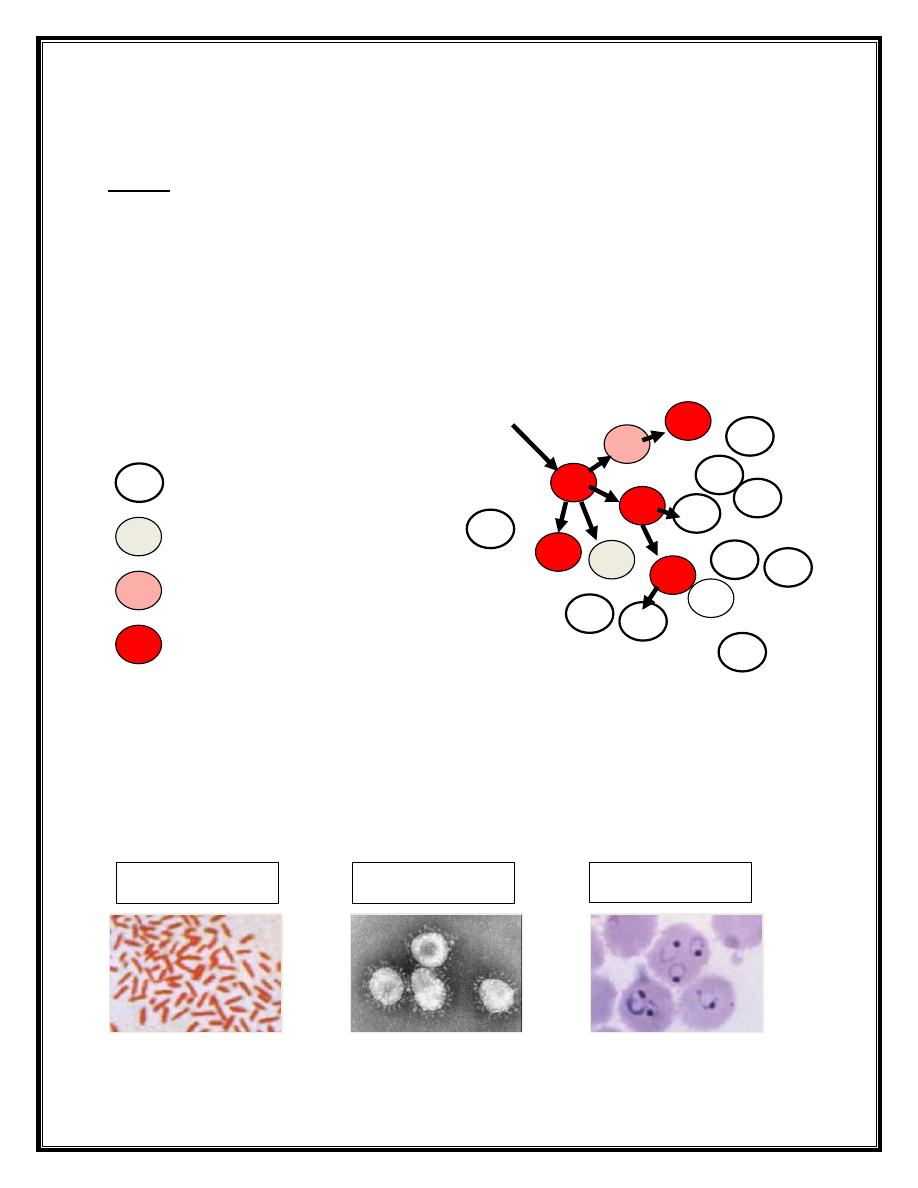
Page 5 of 20
Transmission
CASES
Index – the first case identified
Primary – the case that brings the infection into a population
Secondary – infected by a primary case
Tertiary – infected by a secondary case
Infectious Disease Agents
• Different groups of agents that cause disease are:
P
S
S
T
BACTERIA
VIRUSES
PROTOZOA
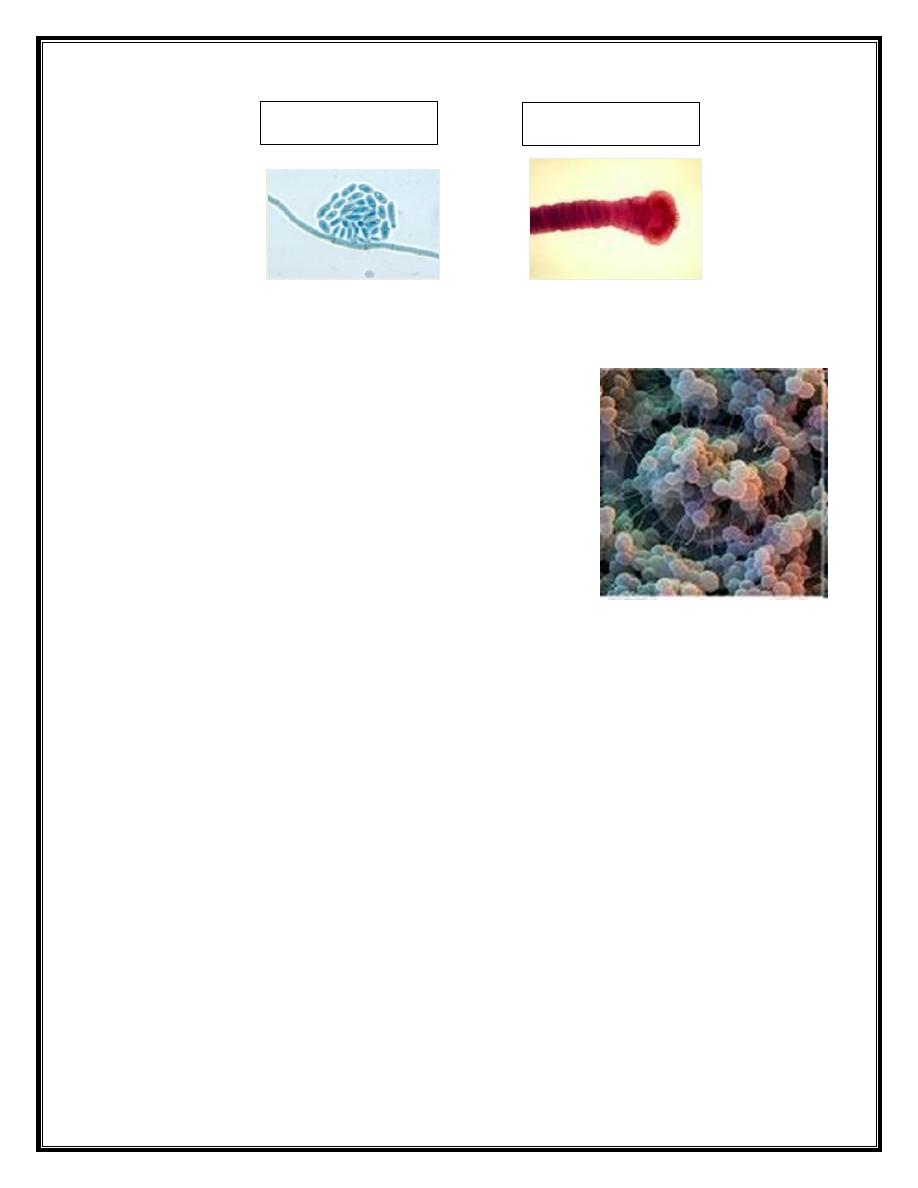
Page 6 of 20
BACTERIA
• Single-cell micro-organisms
• Release toxins
• Examples
– Food poisoning –bacteria in food
– Tetanus – bacteria on objects/soil
Bacterial Diseases
• Tuberculosis
• Scarlet Fever
• tetanus
• Gonorrhea
• Diphtheria
• Streptococcal Infections
FUNGI
HELMINTHS
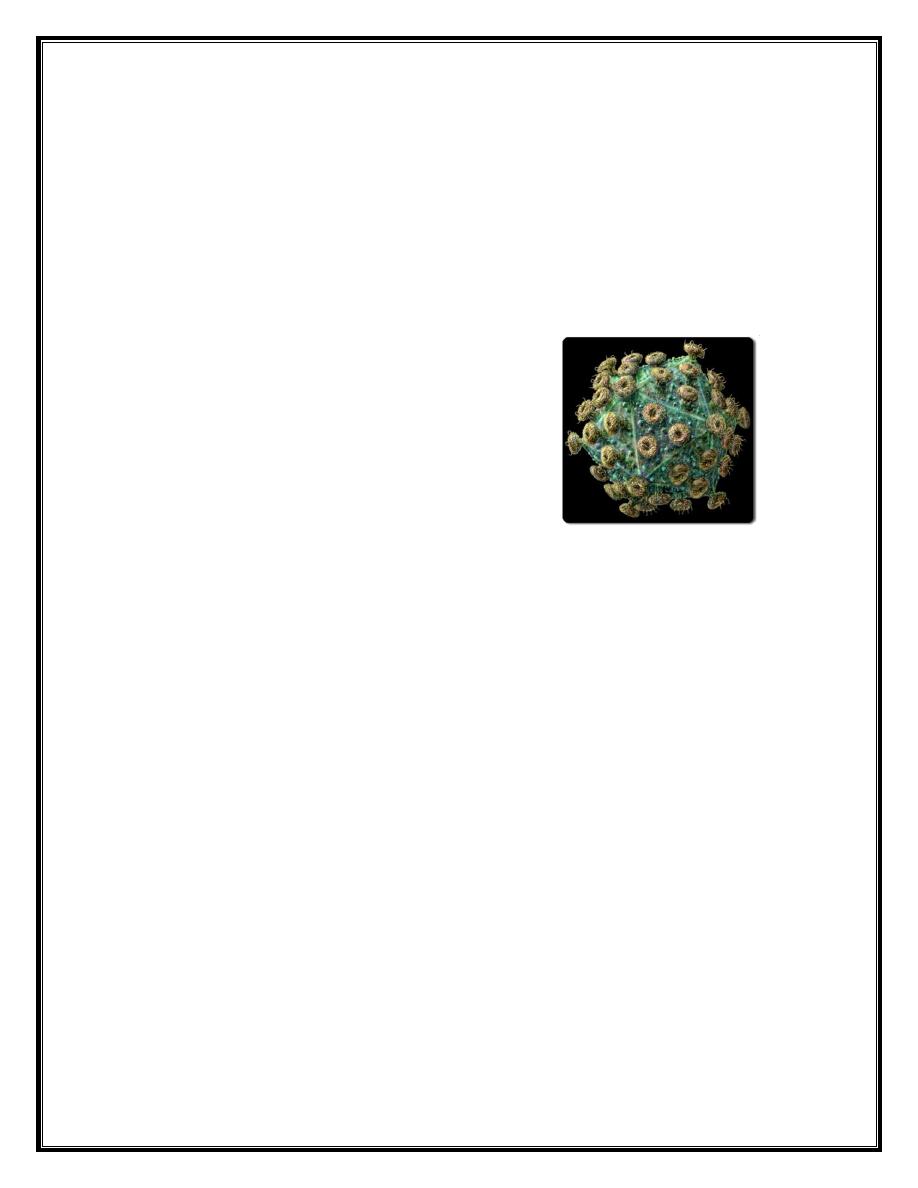
Page 7 of 20
• Pneumonia (can also be viral or fungal)
• Pertussis
• Bubonic Plague
• There are many others.
Virus
• Smallest parasite
• Enter cells and take over
• Multiply
• Cause colds/ flu
Viral Diseases
*Common Cold
*Influenza
*AIDS/HIV
*Herpes (Simplex and Zoster)
*Hepatitis A,B,C, D, E, F and G.
*Measles, Mumps and Rubella.
*Poliomyelitis.
*Infectious mononucleosis.
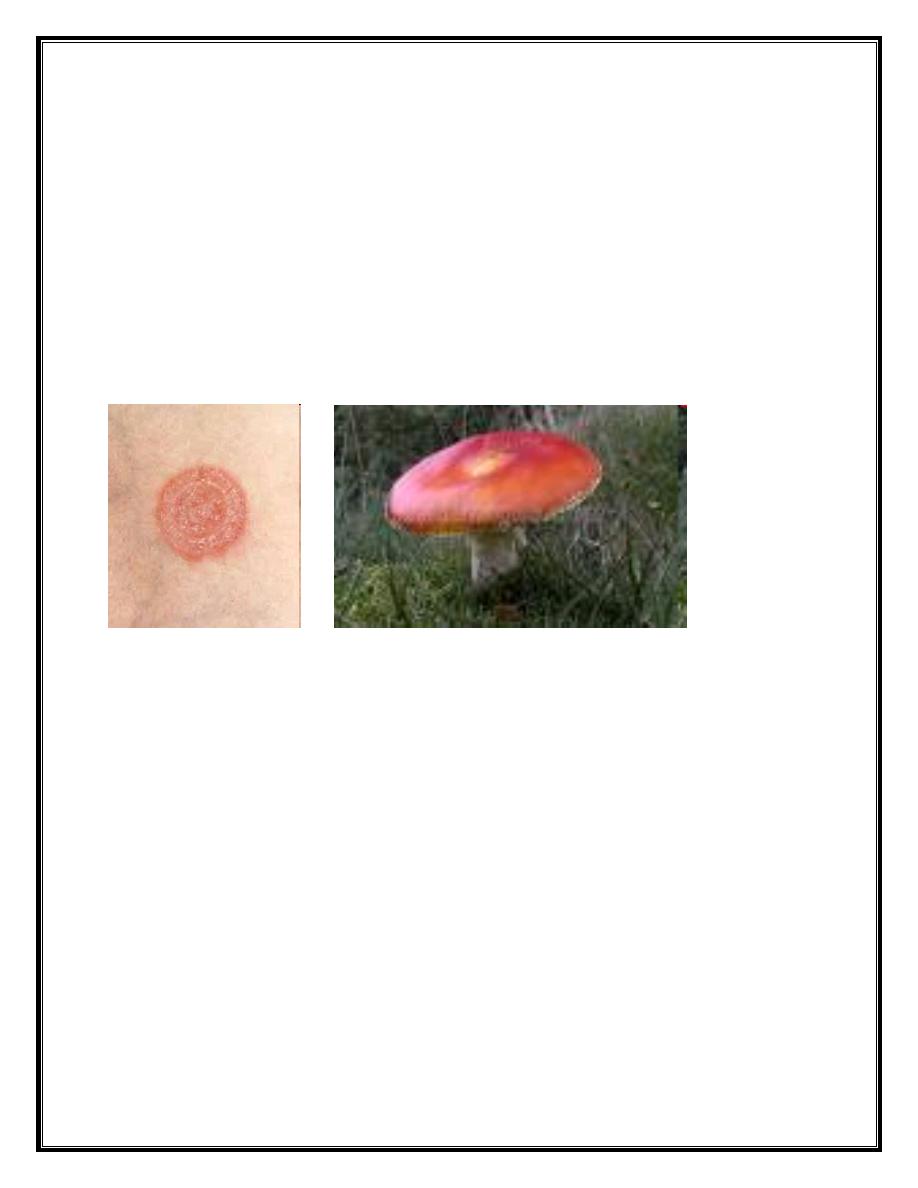
Page 8 of 20
Fungi
• Not all are harmful
– Mushroom/ yeast/ mold/ fungi
• Some cause rashes
– Ringworm & athlete’s foot
Fungal Diseases
-Candidiasis.
-Athlete’s foot - Tinea pedis
-Jock itch - Tinea cruris
-Nail fungus - Tineu unguis
-Ringworm
-Histoplasmosis

Page 9 of 20
-Over-the-counter medications are usually effective for mild
infections, except of the nails.
-Systemic treatments can be prescribed for serious infections,
including the nails, and for histoplasmosis.
Related Terms
• Endemic/Enzootic: The constant presence of a disease or
infectious agent within a given geographic area.
• Epidemic/Epizootic: The occurrence in an area of a disease or
illness in excess of what may be expected on the basis of past
experience for a given population (in the case of a new disease,
such as AIDS, any occurrence may be considered "epidemic").
• Pandemic/Panzootic: A worldwide epidemic affecting high
proportion of the global population.
Disease Patterns
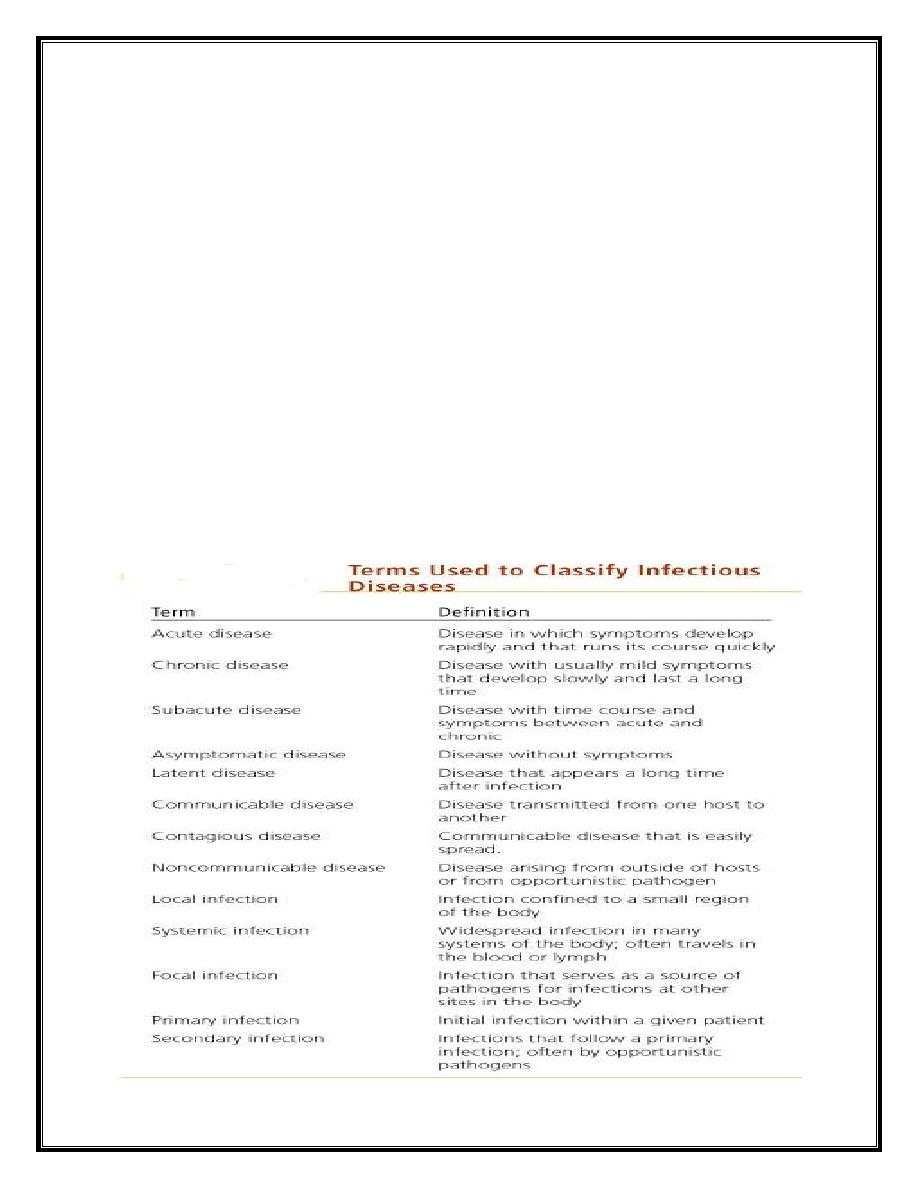
Page 10 of 20
Endemic
– Transmission occur, but the number of cases remains
constant
Epidemic
– The number of cases increases
Pandemic
– When epidemics occur at several continents – global
epidemic

Page 11 of 20
• Incubation period: it is the time interval (usually expressed in
range) from infection to the appearance of clinical features.
(agent multiplication occurs during this period) . It depends on
Dose of inoculums.
Rate of proliferation.
Site of entry.
Median incubation period : the time required for 50% of cases to occurs
following infection
• Carriers: any person or animal that harbor a specific infectious
agent in absence of illness & serve as a potential source for
infection.
• It occurs either due to inadequate treatment or immune
response, the disease agent not completely eliminated leading to
carrier state.
Three elements have to occur to form a carrier state:
1. Presence of disease agent in the body.
2. Absence of recognizable symptoms and signs of disease.
3. Shedding of disease agent in the discharge or excretions.

Page 12 of 20
Types
• Incubatory: (measles).
• Unapparent (subclinical): (cholera & most cases of HAV).
• Convalescence carrier:(salmonellosis)
• Chronic carrier: (HIV, HBV).
Cases: any person in the population or the study group identified
as having the particular disease, health disorder, or condition
under investigation. The case may be clinical, subclinical, or latent.
Latent infection: the host doesn't shed the infectious agent which
lies dormant within the host without symptom. (It occurs in
herpes simplex).
In apparent infection: the presence of infection in a host without
recognizable clinical sign and symptom (identifiable only by
laboratory means such as blood test or by positive reactivity to
specific skin test).
Contagious disease is that one that is transmitted through
contact. (Scabies, STD).
Contamination: the presence of an infectious agent on a body
surface, or on clothes, beddings, toys, surgical instruments, or
dressings or other articles or substance including water and food.
Reservoir (of infectious agent):any place in which the biological
agent can live , multiply &die ,in the same time it can be
transmitted to susceptible one. Reservoir can be human , animal
,arthropod ,plants (or a combination of these).

Page 13 of 20
Infectivity : ability of a communicable factor to enter and
establish itself in host In person-to-person transmission,
secondary attack rate is a measure of infectivity)
Pathogenicity : the power of the organism to produce disease (
the ability to induce clinically apparent illness.
Virulence : ability to cause severe disease.
It is measured by case fatality rate or the proportions of clinical cases
that develop sever disease.
Immunogenicity
Ability of an organism to produce an immune response that
provides protection against reinfection with the same or similar
agent.
Can be life long or for limited periods.
Important information for development of vaccines.
• Antigenic character and antigenicity.
• It measures the ability of the organism to stimulate an
immunologic response in the host.

Page 14 of 20
• Invasiveness and toxicity: the power of the organism to penetrate
into the body fluid and tissues of the host to live and multiply.
• Host is defined as any susceptible man or animal potentially
exposed to be parasitized by infective organism.
Factors Influencing Disease Transmission
Agent
• Infectivity
• Pathogenicity
• Virulence
• Immunogenicity
• Antigenic
stability
• Dose of
infection.
• Invasiveness.
Environment
• Weather
• Housing
• Geography
• Occupational
setting
• Air quality
• Food
Host
• Age
• Sex
• Genotype
• Behaviour
• Nutritional status
• Health status

Page 15 of 20
General measures to control communicable diseases
A. Control the source of infection (reservoir).
1. Isolation (for cases): separate cases(human or animals )during the
period of communicability to limit direct & indirect transmission.
2. Interruption of transmission:
a. fecal oral route: safe water supply, pasteurization of milk ,food
sanitation.
b. arthropod transmitted disease : control of arthropod, prevent
their access to man.
3. Protection of susceptible host:
a. immunization (active & passive ).
b. quarantine (for contacts): restricting the activity of well looking
person or animal that has been exposed to a case of
communicable disease.
Stages of Disease
1. Exposure
2. Incubation Period
3. Prodromal Period
4. Acute Stage
5. Recovery Stage
6. Convalescence
7. Immunity

Page 16 of 20
Exposure & Incubation
• Exposure = contact
• Incubation = growth/ maturation
• No signs/ symptoms
• Pathogen/ parasite grows and multiplies
Prodromal Stage
• Slight signs & symptoms
• Ex: achy/ sore/ tired
• Contagious!
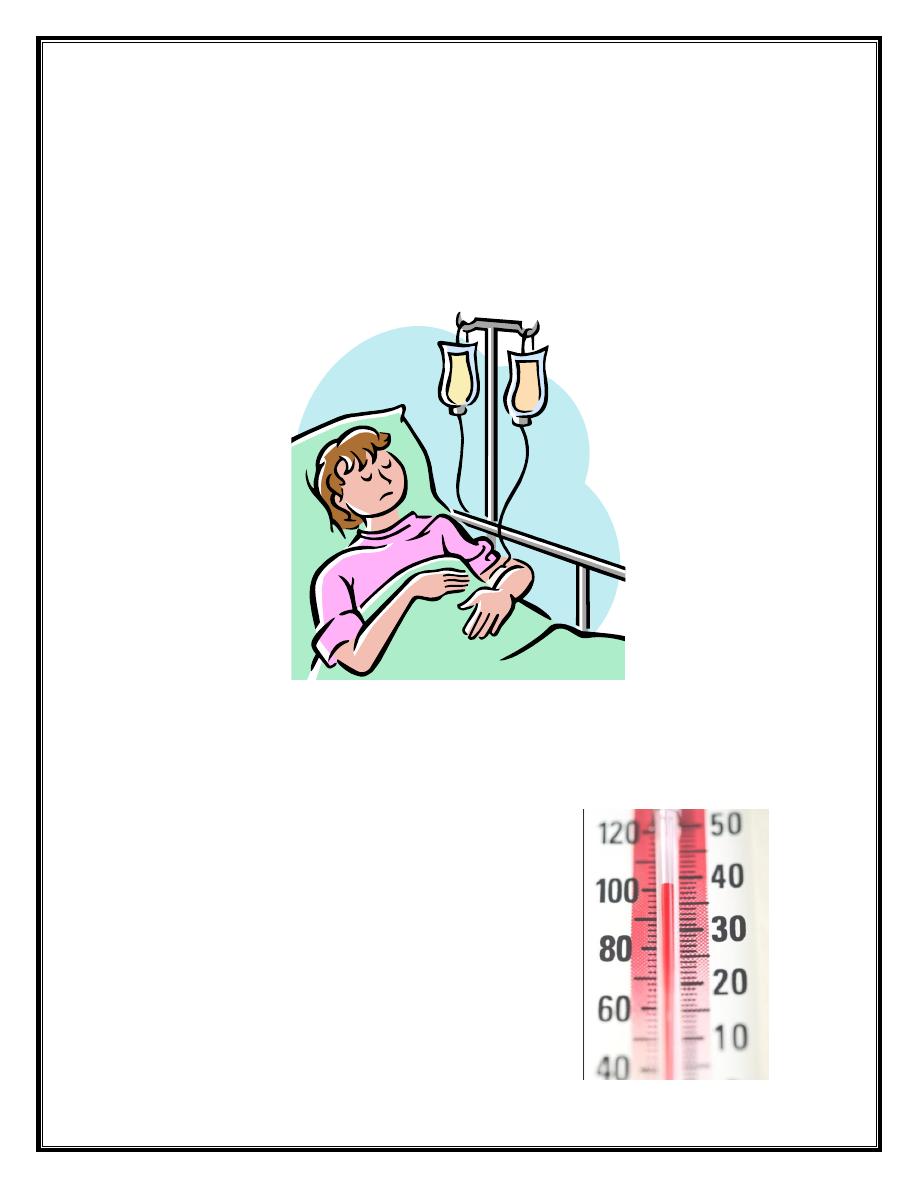
Page 17 of 20
Acute Stage
• Severe symptoms
• Most contagious
• Most affected
Recovery Stage
• Signs/ symptoms begin to decrease
• Temperature is reduced
• Feeling better
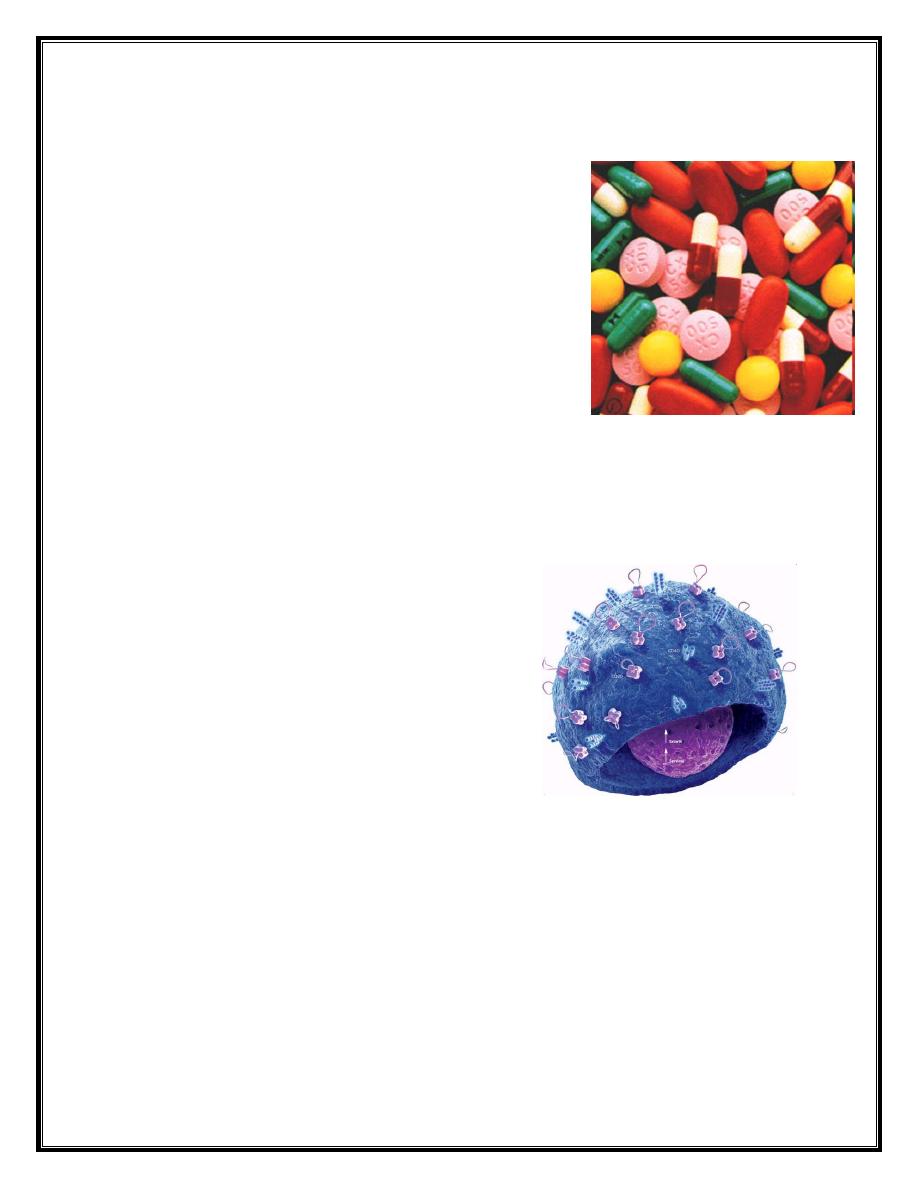
Page 18 of 20
Convalescence
• Infection is gone
• Still not quite 100%
• Can relapse
• Need rest, sleep, healthy diet, antibiotics
Immunity
• Feel 100%
• Body has antibodies
• Cannot catch same infection
Emerging infectious disease
Newly identified & previously unknown infectious agents that cause
public health problems either locally or internationally.

Page 19 of 20
Re-emerging infectious disease
Infectious agents that have been known for some time, had fallen to
such low levels that they were no longer considered public health
problems & are now showing upward trends in incidence or prevalence
worldwide
Causes of re-emerging of the problem of the infectious
diseases:
1. Loss of Antibiotic Effectiveness.
2. Increased Population Density: Transmission from person to person is
more likely.
3. Travel: Travelers may bring back pathogens.
4. Global Warming: May affect rainfall or other factors that currently
affect diseases or their carriers.
5. Biological Warfare or Terrorist Attacks: There have recently been a
number of threats of such attacks involving anthrax.
6. New Routes of transmission: Organ Transplants.
7. Complacency and Ignorance: Many, possibly most, people do not
wash their hands after using the toilet.
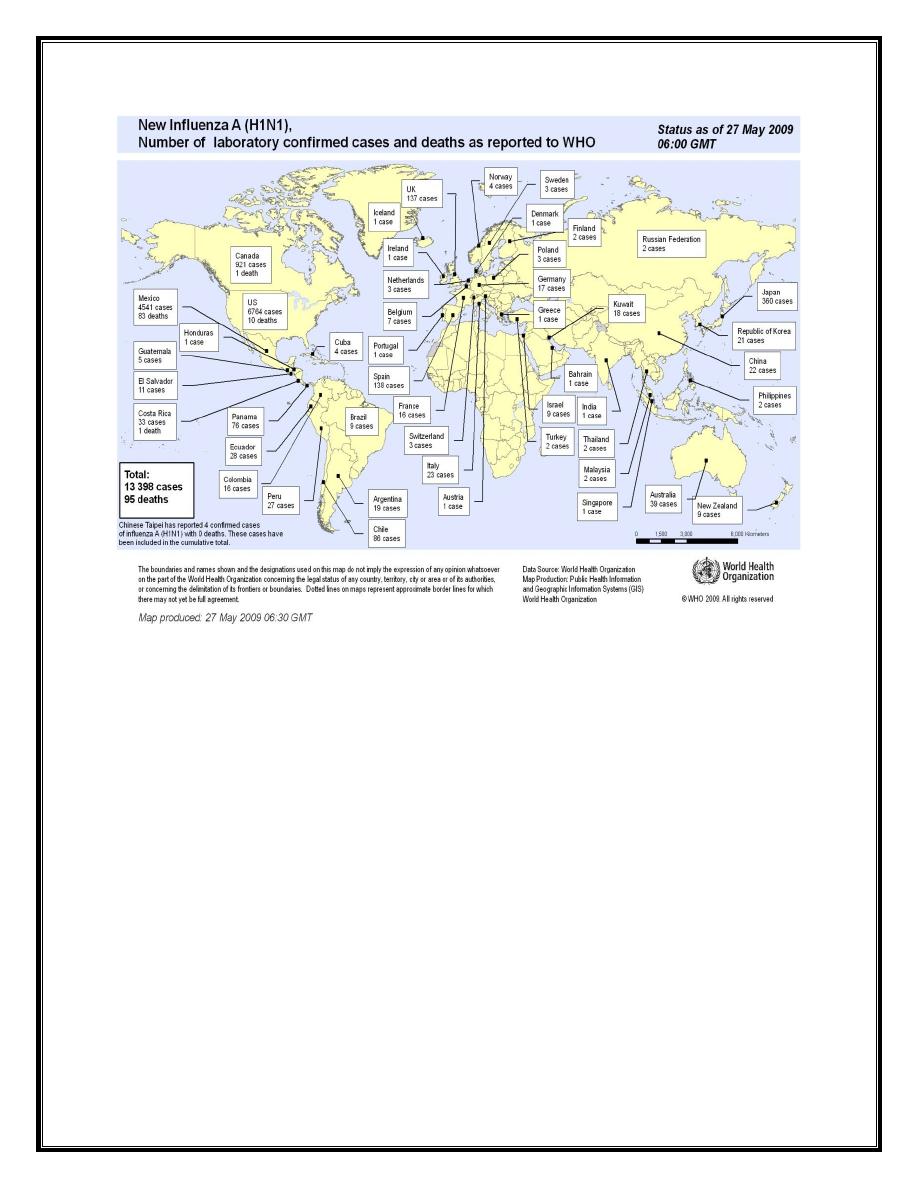
Page 20 of 20
Examples of Re-Emerging Infectious Diseases
• Diphtheria- Early 1990s epidemic in Eastern Europe(1980- 1%
cases; 1994- 90% cases)
• Cholera- 100% increase worldwide in 1998 (new strain eltor,
0139)
• Human Plague- India (1994) after 15-30 years absence. Dengue/
DHF- Over past 40 years, 20-fold increase to nearly 0.5 million
(between 1990-98)
***
